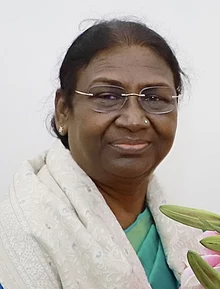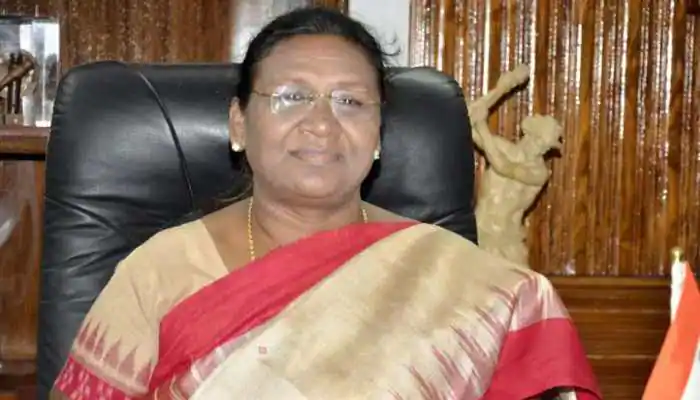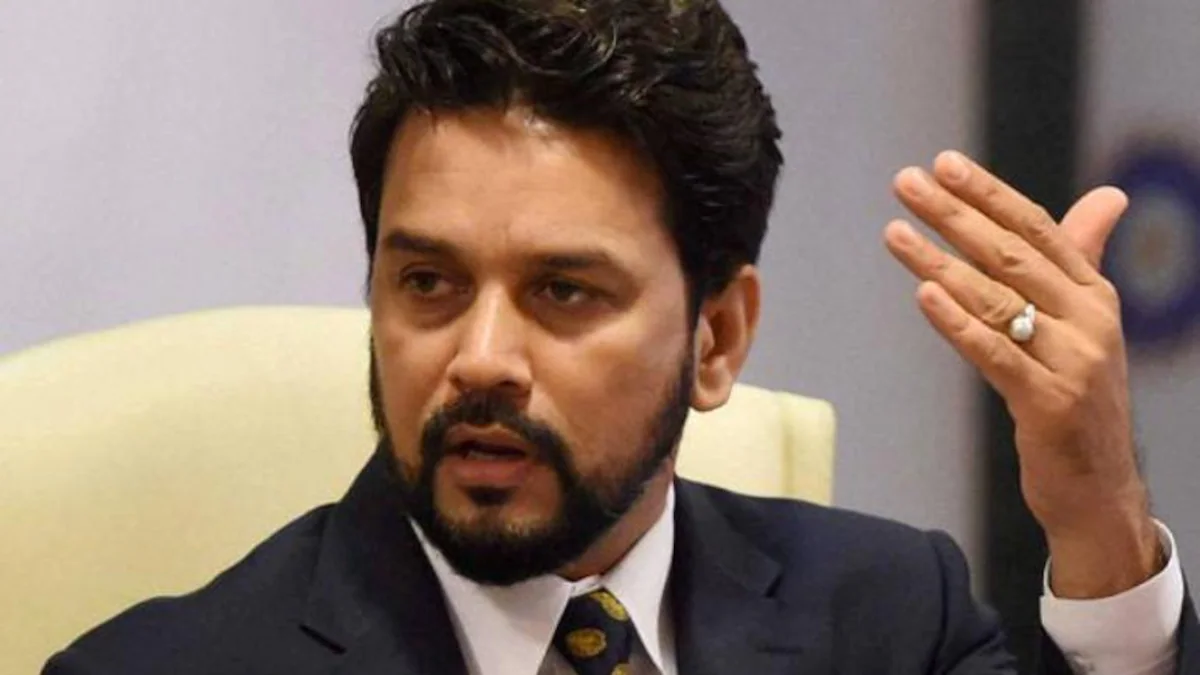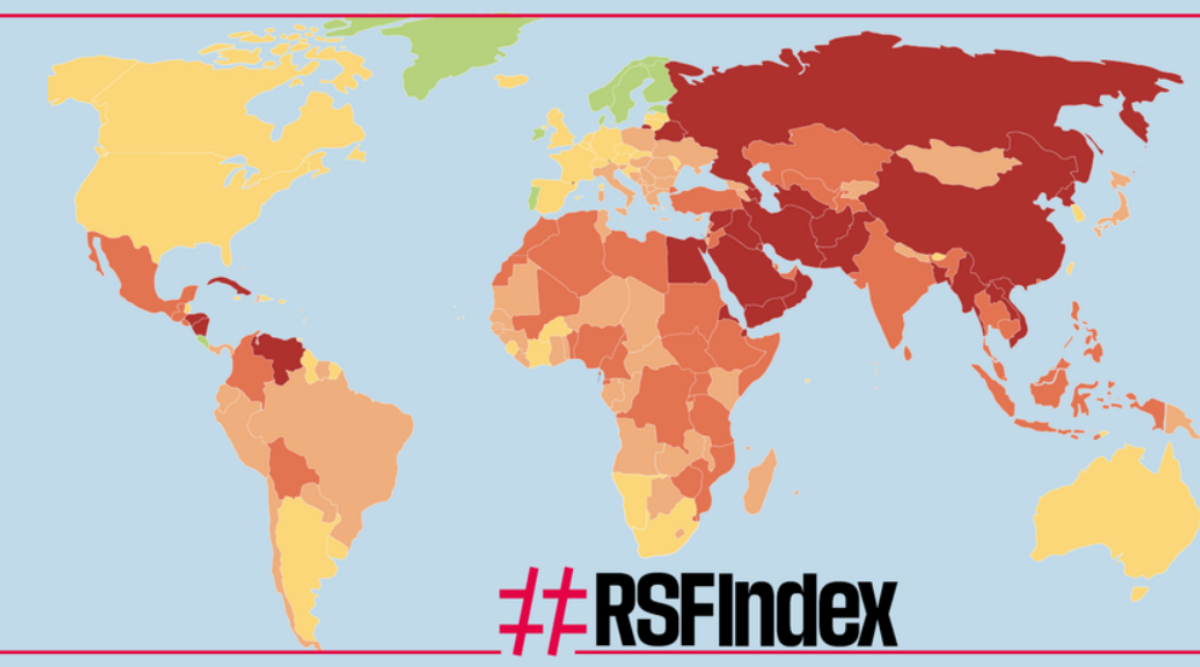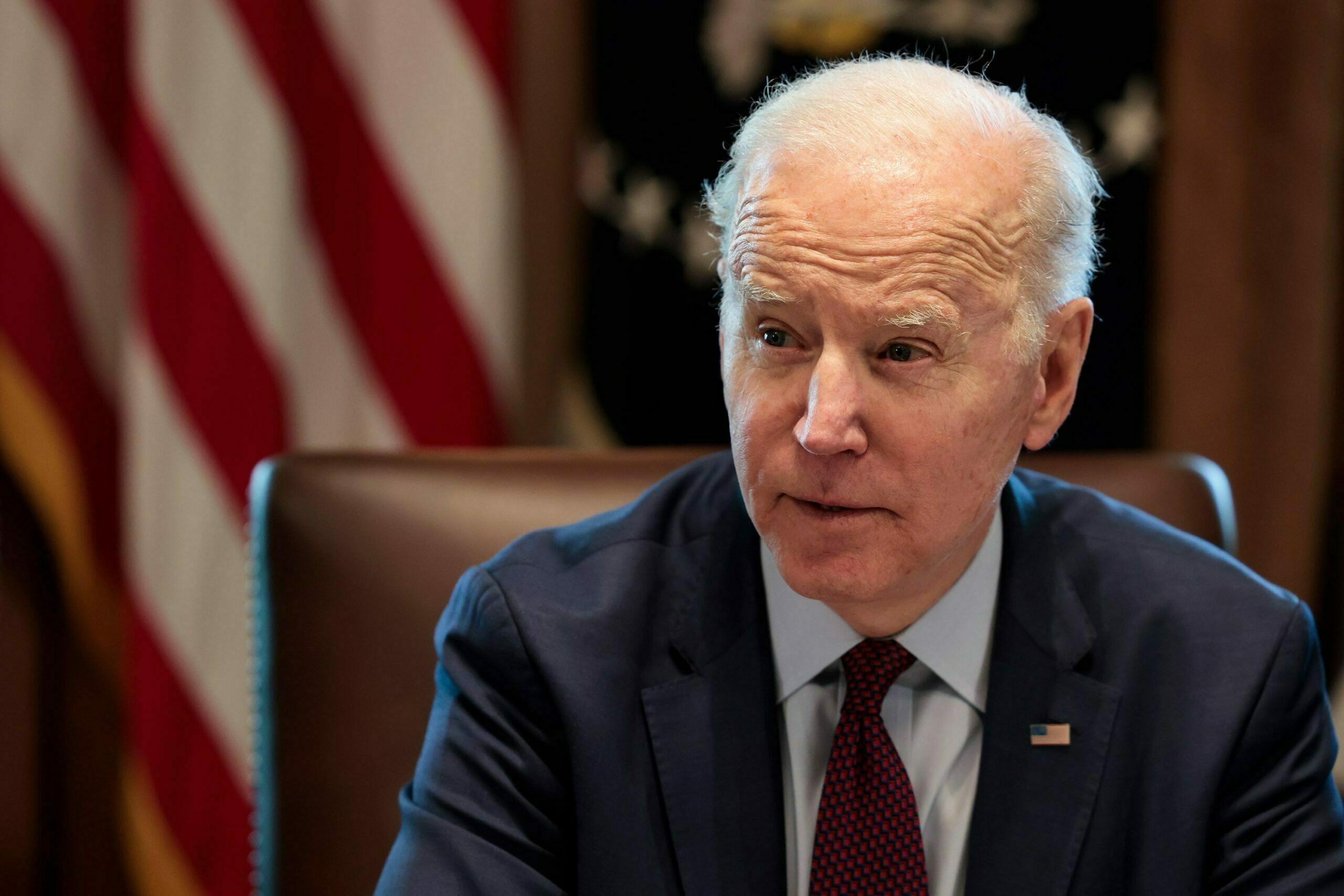Sameer Arshad
Rameez Bhat (26) was at his truck’s wheel when two men asked him to stop at Udhampur near Jammu around midnight on October 9. The two confirmed Rameez and his conductors, Zahid Bhat and Showkat Ahmad, were Kashmiris before eight to 10 men joined them in stoning and petrol bombing the truck. Rameez tried to accelerate to safety but lost control over the burning truck as it skidded and hit an electric pole. He somehow managed to jump off the vehicle while Zahid and Showkat were caught inside the truck carrying coal from Punjab.
Rameez made a desperate attempt to put out the flames before cops arrived and rescued Showkat and 18-year-old Zahid, who had by then suffered 70% burn injuries. Zahid battled for his life for nine days before he succumbed to his injuries nine days later shortly after saying his last words: ‘Mother is waiting for me at home’. His brutal murder was a culmination of communal frenzy whipped up in Jammu & Kashmir much before a Muslim man was lynched near Delhi over rumours of beef eating. While the lynching provoked national outrage, Zahid’s brutal murder was largely ignored even as the same mindset had snuffed out the young life.
The arsonist attack that claimed Zahid’s life portends serious consequences in an atmosphere where any form of protest is brutally muzzled in Kashmir while Hindutva forces enjoy impunity in Jammu. It coincided with a bandh call that several parties, including Bajrang Dal, had given on October 9 following the recovery of suspected cow carcasses in Udhampur. It came a day after ruling BJP lawmakers’ grabbed independent legislator Engineer Rashid by his neck inside the state assembly and assaulted him. Rashid had hosted a beef party after a Supreme Court order suspended a high court ruling seeking implementation of a pre-independence ban on bovine slaughter.
Resurgent Hindutva forces have used the beef ban as an excuse to ratchet up tensions. They have felt emboldened since BJP allied with People’s Democratic Party to form the government in the state in March. Days before the attack on Zahid’s truck, the Vishva Hindu Parishad (VHP) had even threatened to choke Kashmir by enforcing an economic blockade if bovine slaughter ban revocation was even discussed.
A similar blockade in 2008 had fuelled street protests and taken them to every nook and cranny of the Valley. The unarmed protests have since become a headache for the state as it has found it difficult to justify brute force use to quell it while militancy has been dipping since 2003. Like the VHP’s fresh threat, the 2008 blockade coincided with the harvest season of horticulture, which is the real mainstay of the Valley’s economy. The blockade and burning of apple-laden trucks in Jammu had hurt rural Kashmir the most and added to the support base of street protests.
In the present context, the Hindutva muscle-flexing assumes significance amid reports of the revival of home-grown militancy in the state and the growing perception of chief minister Mufti Mohammad Sayeed’s abject surrender to anti-Muslim forces. It was evident when the Rashtriya Swayamsevak Sangh (RSS) activists took out a procession brandishing swords and 12 bore guns in violation of the Arms Act in Jammu on October 22. The procession without permission started from Muslim areas on Dussehra with paramilitary and police escorts even as local media quoted Jammu deputy Commissioner Simrandeep Singh feigning ignorance about the rally.
The reported provocative slogans shouted during the procession sparked panic among Muslims, whose population had plummeted from 53 percent to a small minority in Jammu after the 1947 massacre that was blamed on then monarch and the RSS. Similar processions were taken out in Bhaderwah, Kathua, Samba and RS Pura, where BJP MLA Gagan Bhagat was among the participants. Firearms were displayed at these rallies in violation of the Arms Act, which criminalizes display of weapons except at arms shops.
In sharp contrast, police mercilessly thrashed mourners as they tried to take out a Muharram procession to mark the martyrdom of Prophet Muhammad’s grandson, Hussain, in Srinagar the same day. A two-decade-long ban on the Muharram procession that like Dussehra celebrates the victory of good over evil remained in force while Sayeed attended a Ravan burning ceremony in Srinagar with his cabinet colleagues. Three days later, Jammu & Kashmir assembly speaker Kavinder Gupta joined his fellow BJP legislators on October 25 to participate in another RSS march in Jammu wearing the group’s uniform – khaki knickers and a white shirt.
The emboldening of reactionary elements is a throwback to the 1980s when hardline governor Jagmohan was blamed for undermining Kashmir’s distinct religious and cultural identity. Jagmohan saw this as a legitimate strategy to integrate the state into the ‘national mainstream’. He attempted to do so by things like encouraging alcohol consumption and disallowing sheep slaughter on a Hindu festival. This added fuel to the fire and added religious fears to largely secular concerns like disenfranchisement to become one of the triggers of the insurgency by the end of the decade.
Similarly, today ban on bovine slaughter is being sought to be implemented strictly while alcohol consumption is encouraged. A vestige of an ugly past, the ban imposed during the reign of a hated monarchy reflected its belief in Brahminical supremacy. The insistence on its implementation in the 21 century leaves little doubts about the real motives of its proponents and legitimizes Kashmiris’ worst fears. (TNN)







